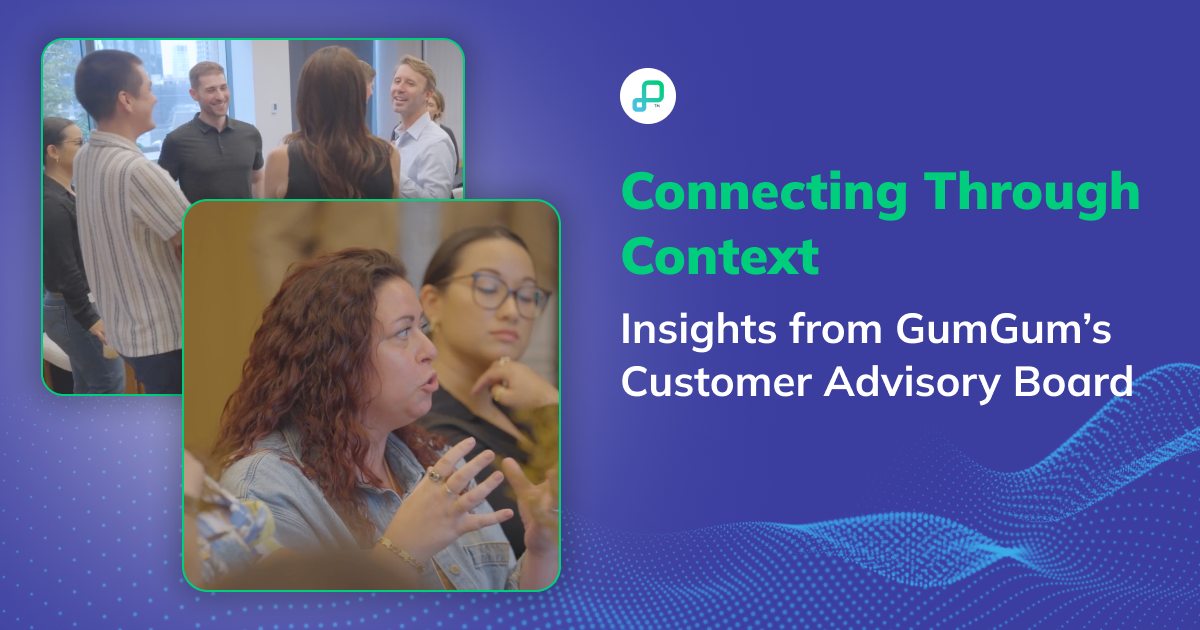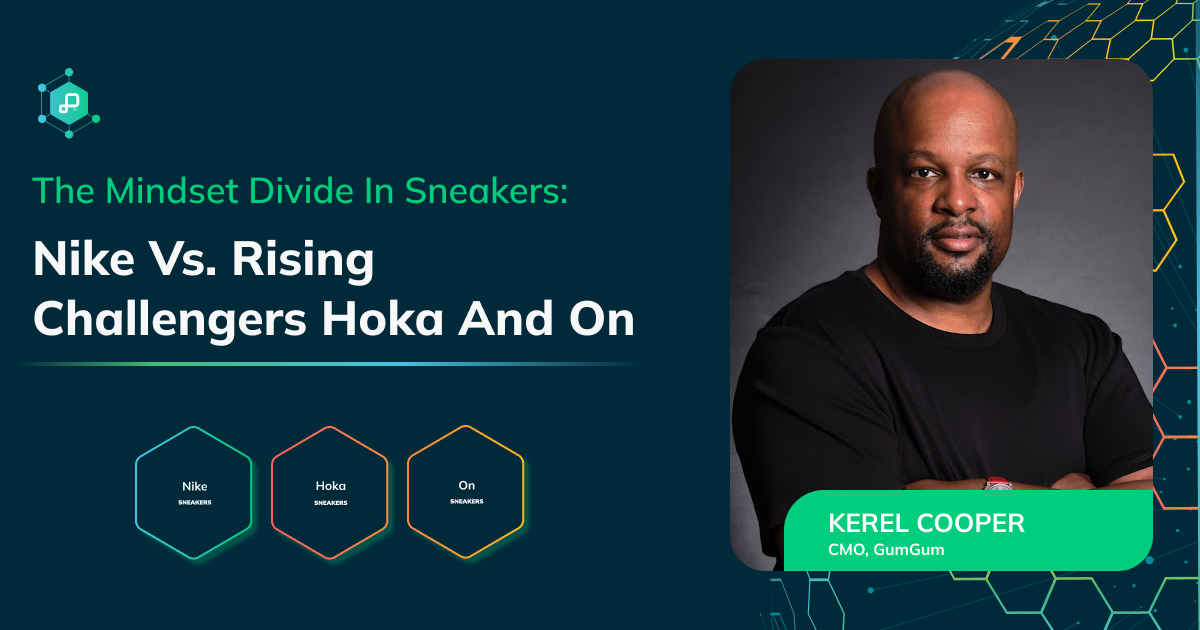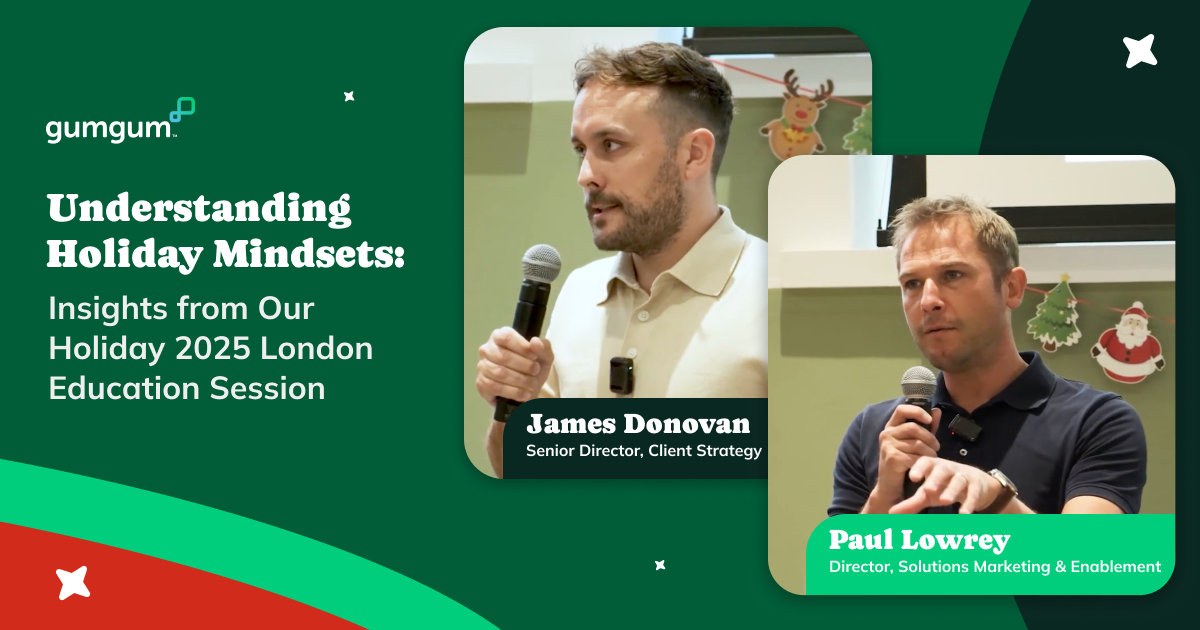How CPG Brands can crack the first-party data code
Consumer Packaged Goods brands have long relied on third parties, like big box retailers and grocers to reach consumers. However, the game has changed. More and more people are shopping online, a trend accelerated by the pandemic, and Google has committed to ending third-party cookies. According to Dan Wittmers, whose firm Digital Phoenix Consulting works with several small- to mid-tier CPG clients, even big box retailers “are taking more of an Amazonian model,” where they want brands showing up to stores with loyal customers already in tow.
These changes point to one thing—CPG brands are going to have to get smart about collecting first-party data. This will be a challenge, as privacy-savvy consumers have grown increasingly selective about how they share their information. “You almost have to be giving away the farm in order to get consumers comfortable with giving you an email address,” Wittmers says.
That means brands have to present solid value propositions to consumers, ones that make it worth offering up personal information in exchange for some kind of reward—whether that’s insight, discounts, or freebies. Here are some of the tactics Wittmers says CPG brands can use to master first-party data collection:
QR Codes
Getting acquainted with a consumer’s mobile device, these days, is basically equivalent to getting to know the consumer. “There’s a lot more information you can derive about somebody [on mobile] than you can on the desktop,” says Wittmers.
Putting QR codes on packaging will get consumers interacting with a CPG brand on their phones, he suggests. There just has to be a good reason for consumers to give out their contact information after scanning the code—like the ability to answer a questionnaire and receive a coupon.
Sweepstakes
Like a discount offer, sweepstakes give consumers valuable incentive to opt-in with contact information. If all someone has to do to win a new sofa is give their email, that’s a low risk, high reward scenario.
Certain platforms, like FindKeep.Love and DojoMojo, help brands host sweepstakes, like FindKeep.Love and DojoMojo. One of Wittmers’s clients uses the latter, which lets the brand give away its product alongside those from other, perhaps better-known brands.
“There's usually about four or five brands working together to promote the sweepstakes,” he says, through email, social channels, and other means. “It helps to provide that extra bit of value to consumers, where they're being spoken to by two brands that make sense [together].”
Content
Every brand wants to keep consumers returning to their digital hubs. It helps the brand learn what consumers tend to engage with most, informing the brand’s business and products.
The best way to keep bringing people back to a brand’s platform, says Wittmers, “is through content.”
But who wants to go to a toothpaste brand’s platform? In the case of Crest and Oral-B’s “Disney Magic Timer” app, kids do. The app encourages them to brush their teeth for two full minutes by revealing a hidden image in that time frame. While oral care brands don’t foster much excitement in themselves, this one was able to create engaging content that serves a purpose relevant to its product.
Not every CPG product has the use case, brand recognition, or blue chip partnerships to create a widely used app, but there are other ways to release content that brings traffic to a brand’s online hubs. An artful Instagram presence or articles that show the brand is an authority on its industry will get people coming back—and may even convert them into buyers.
Context
While contextual advertising isn’t a direct line to first-party data, it’s a way for brands to cast a wider net. Placing the brand next to a relevant article or product means potentially attracting consumers that might have otherwise been passed over through more targeted advertising because they “may not have looked quite right on paper,” says Wittmers. However, they’re still interested in the general topic or activity the brand serves.
If that strategic ad placement leads to new website visitors or social media followers, those consumers enter the pipeline to offering up their data.
Doing It All
For smaller or newer CPG brands that may not have the dollars to formally AB test different strategies, there’s no harm in trying a few at once on real consumers.
“You can see what people are responding to and what types of people respond to certain types of programs,” says Wittmers. From there, it will be easier for CPG brands to decide which first-party data gathering strategy is right for them.










